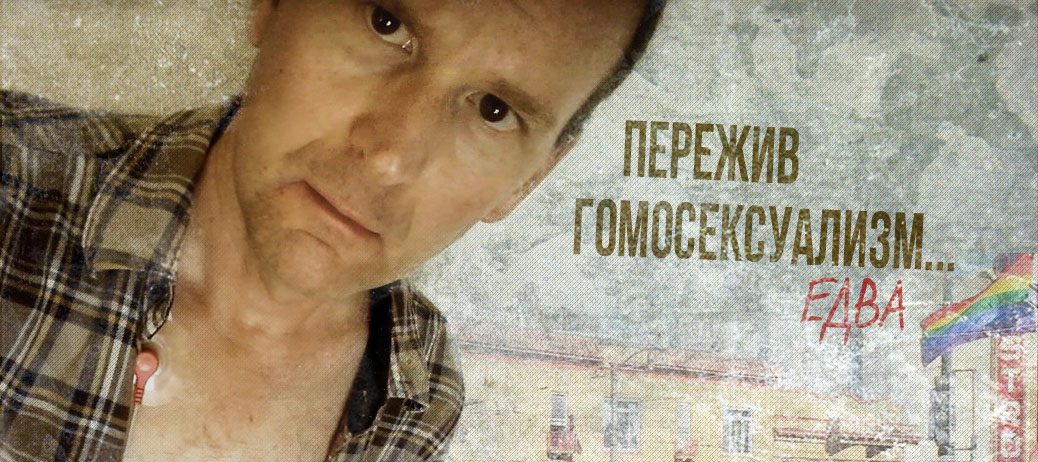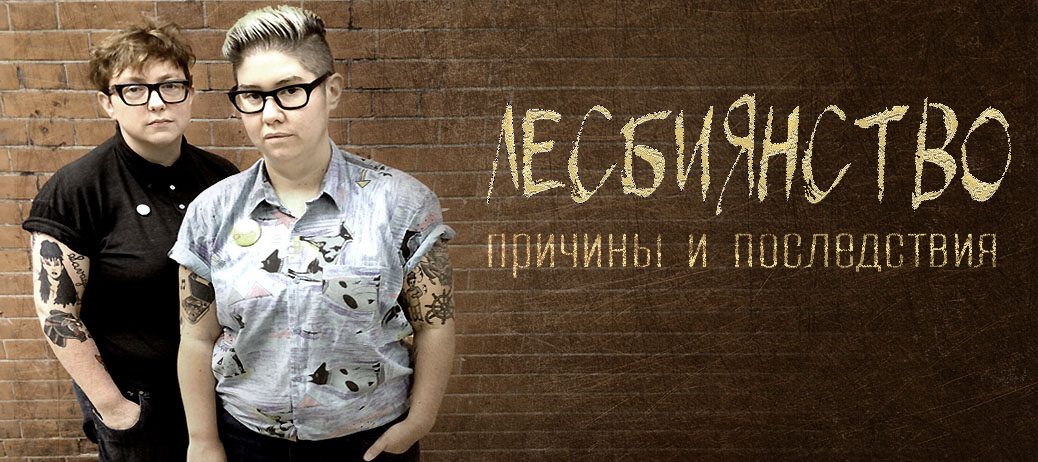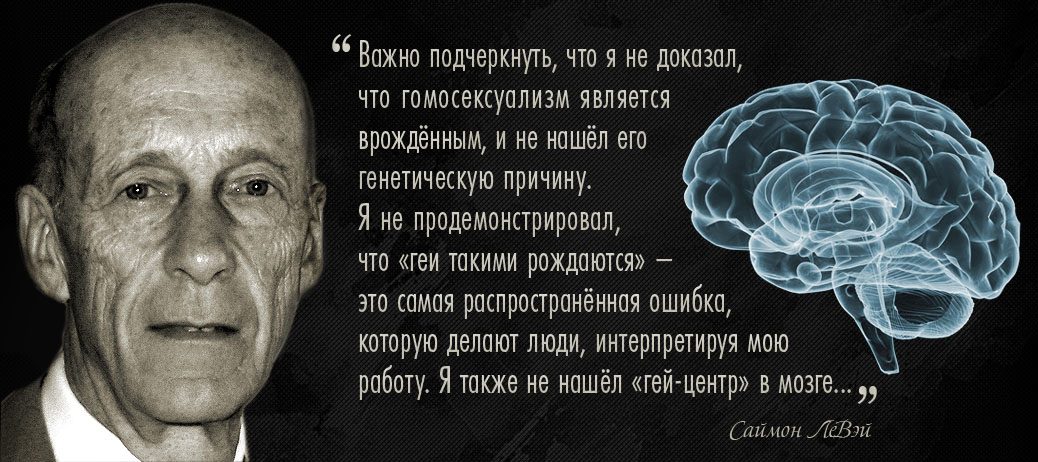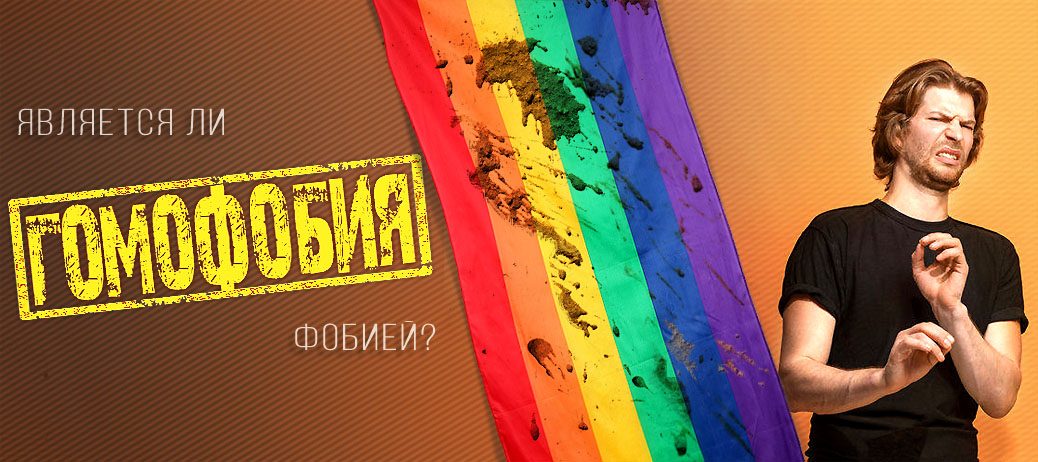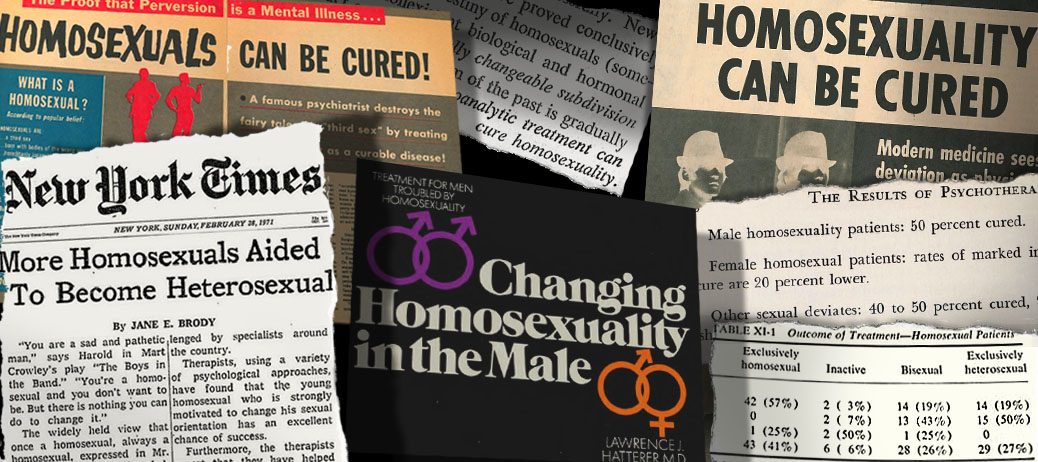A frank story of a former homosexual, describing the daily life of the average “gay” - endless enemas, promiscuity and associated infections, clubs, drugs, problems with the lower intestine, depression and a gnawing, insatiable feeling of dissatisfaction and loneliness, from which debauchery and Datura provides only a temporary respite. This narrative contains disgusting details of homosexual practices and their consequences, leaving a nauseating fecal residue that will undoubtedly be difficult for the casual reader. At the same time, they accurately convey all scatological the ugliness of a homosexual lifestyle masquerading as a cheerful pseudo-rainbow coloring. It shows the bitter reality of male homosexuality as it really is - scabbysenseless and merciless. “Being gay” ultimately means suffering and pain dipped in excrement and blood, rather than holding on to the hands of the kawaii big-eyed boys from yoyoynyh fan fiction.
Read more "Category Archive: Articles
Articles
Problems of the “gay” community through the eyes of insiders
In 1989, two Harvard gay activists published a book describing a plan to change attitudes of the general public towards homosexuality through propaganda, the basic principles of which are discussed here. In the last chapter of the book, the authors self-critically described 10 the main problems in the behavior of homosexuals, which must be addressed in order to improve their image in the eyes of the general public. The authors write that homosexuals reject all forms of morality; that they have sex in public places, and if they get in the way, they start shouting about oppression and homophobia; that they are narcissistic, promiscuous, selfish, prone to lies, hedonism, infidelity, cruelty, self-destruction, denial of reality, irrationality, political fascism and crazy ideas. It is interesting to note that 40 years ago, these qualities were almost one-to-one described by a famous psychiatrist named Edmund Bergler, who studied homosexuality for 30 years and was recognized as the "most important theorist" in this field. It took the authors more than 80 pages to describe the problems associated with the lifestyle of the homosexual community. LGBT activist Igor Kochetkov (a person acting as a foreign agent) in his lecture “The political power of the global LGBT movement: how activists achieved their goal” said that this book has become the ABC of LGBT activists around the world, including in Russia, and many still proceed from the principles described in it. To the question: “Did the LGBT community get rid of these problems?” Igor Kochetkov responded by removing him and asking the ban, confirming, apparently, that the problems remained. The following is a concise description.
Lesbianism: causes and consequences
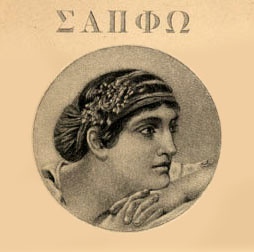
Female homosexuality is known as lesbianism (less often sapphism, tribadism). The term comes from the name of the Greek island of Lesbos, where the ancient Greek poetess Sappho was born and lived, in the verses of which there are hints of love between women. Compared to male homosexuality, female homosexuality has been little studied. Same-sex relationships between women are inherently less destructive and entail far fewer problems, and therefore there is no particular need to direct research efforts in this area. Nevertheless, from the little that is known about women entering into same-sex relationships, there is by no means a rainbow-colored picture. Homosexual and bisexual women are more likely to suffer psychiatric disorders and demonstrate a number of issues related to their lifestyle: short-lived relationships, alcohol abuse, tobacco and drugs, partner violence and an increased risk of STD infection. Older lesbians, more than their heterosexual peers, subject to risk of developing obesity and breast cancer, и more often report the presence of arthritis, asthma, heart attack, stroke, an increased number of chronic diseases and poor health in general.
Read more "Jan Goland on the treatment of homosexuality (exclusive video interview)
foreword
In the early 1990's, gay activists in the US tried to get homosexuals recognized as a special “protected group” from the Supreme Court. In order for a certain group of people to receive a protected status, it must be original, homogeneous and constant (which the gay community is not). In this regard, gay activists launched various myths that were readily picked up and circulated by the liberal media. Contrary to scientific facts and common sense, it was claimed that at least one in ten people is homosexual, and that attraction to one's sex is an inborn characteristic, like a race, which is caused by a special gene and unchanged like skin color. In an attempt to equate themselves with the once oppressed national-ethnic minorities, gay activists even introduced such incongruous expressions as “sexual minorities” and “gay people”.
Read more "The myth of "differences in the brain"
As confirmation of the “innateness” of homosexual attraction, LGBT activists often refer to research neuroscientist Simon LeVay from 1991, in which he allegedly discovered that the hypothalamus of “homosexual” men is the same size as that of women, which supposedly makes them homosexuals. What did LeVay actually discover? What he did not find definitively was a connection between brain structure and sexual proclivities.
Read more "Is “homophobia” a phobia?
V. Lysov
E-mail: science4truth@yandex.ru
Most of the following material is published in an academic peer-reviewed journal. Modern studies of social problems, 2018; Volume 9, No.8: 66 – 87: V. Lysov: “The fallacy and subjectivity of the use of the term“ homophobia ”in scientific and public discourse”.
DOI: 10.12731/2218-7405-2018-8-66-87.
Key findings
(1) A critical attitude towards homosexuality does not meet the diagnostic criteria of a phobia as a psychopathological concept. There is no nosological concept of “homophobia”, it is a term of political rhetoric.
(2) The use of the term “homophobia” in scientific activity to denote the entire spectrum of critical attitude to same-sex activity is incorrect. The use of the term “homophobia” blurs the line between a conscious critical attitude to homosexuality based on ideological beliefs and forms of manifestation of aggression, shifting associative perception towards aggression.
(3) Researchers note that the use of the term “homophobia” is a repressive measure directed against those members of society who do not accept the consolidation of a homosexual lifestyle in society, but who do not feel hatred or unreasonable fear of homosexual individuals.
(4) In addition to cultural and civilizational beliefs, the basis for a critical attitude to same-sex activity, apparently, is behavioral immune system — biological reaction disgustdeveloped in the process of human evolution to ensure maximum sanitary and reproductive efficiency.
Treatment of homosexuality before the era of political correctness
Numerous cases of successful therapeutic correction of homosexual behavior and attraction are described in detail in the professional literature. Report The National Association for the Study and Therapy of Homosexuality presents an overview of empirical evidence, clinical reports and research from the end of the 19th century to the present, which convincingly prove that interested men and women can make the transition from homosexuality to heterosexuality. Before the era of political correctness, it was a well-known scientific fact, which is freely wrote the central press. Even the American Psychiatric Association, excluding syntonic homosexuality from the list of mental disorders in 1974, noted the that “Modern treatment methods allow a significant part of homosexuals who want to change their orientation to do so”.
The translation follows Articles from the New York Times of 1971.
